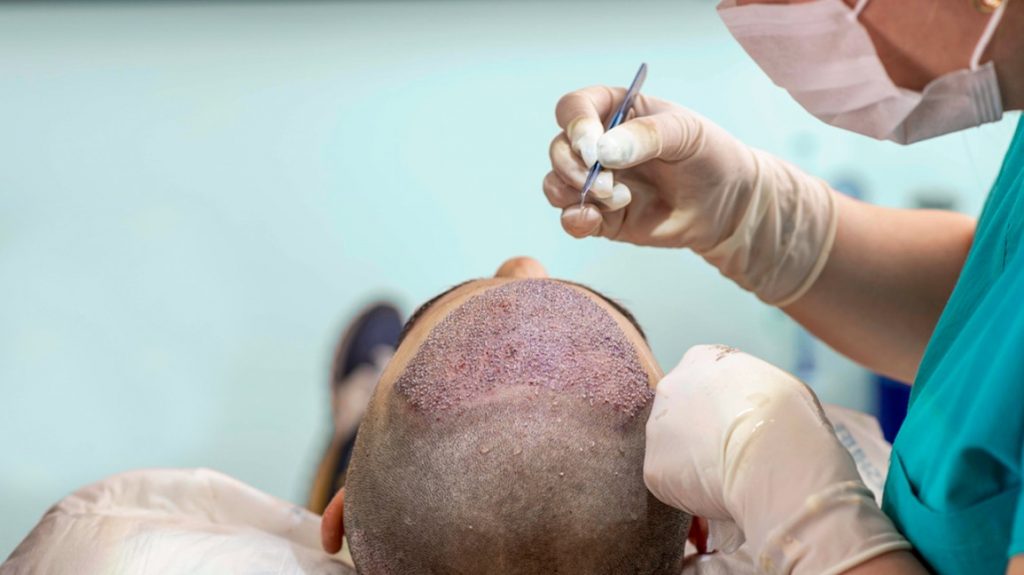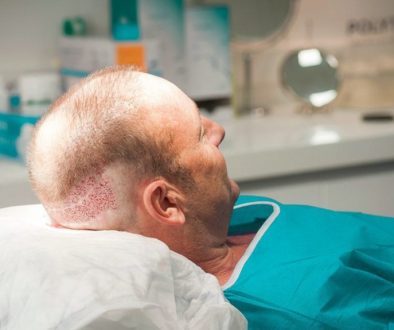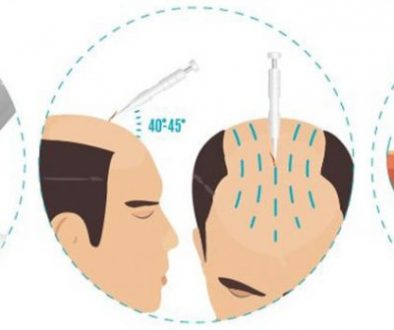What is the Future of the Hair Transplant Industry in the Next Ten Years
What changes can we expect from the hair transplant industry in the next ten years? Is there anything promising on the horizon?

Ten years is a relatively short period of time. It’s unlikely we’ll see any major changes in the hair transplant industry. That said, the hair restoration industry has improved a lot in the last ten years. The techniques, tools, and results are a lot denser and refined. However, choosing a qualified hair restoration physician remains as important as ever.
MEDICINAL TREATMENTS
Unfortunately, medicinal treatments haven’t improved much in the last ten years, but there are some exciting drugs in the pipeline. A drug called Breezula, also known as CB-03-01, is currently in phase III clinical trials. The drug is an anti-androgen, but unlike Propecia, there have been no reported sexual side effects in any clinical trials. The drug Breezula has been FDA-approved to treat acne under the brand name Winlevi.
What Do The Experts Say
We asked Dr. Christine Shaver, of Bernstein Medical and she had this to say:
Over the 10 years, we should see a continued increase in the demand for FUE over traditional FUT/strip procedures. This is due to both increased patient demand for minimally invasive procedures and improvements in FUE technology that allow the yield in FUE to approach that of FUT. Besides advances in extracting tools (both manual and robotic), there will be a further reliance on implanters to handle the more fragile FUE grafts. By the end of the decade, I expect most hair transplant procedures to be performed by FUE.
While technological advances in FUE will be a central focus in the near future, stem cell technologies may soon be able to enhance the FUE procedure, although I do not feel that this will make a major impact on the field. The main event will come with the actual ability to clone hair. As of December 2020, I think that Dr. Christiano’s idea of culturing dermal papilla cells in 3-dimensional space (rather than on a flat petri-dish) holds the most promise to inducing real de novo human hair-follicle growth. Whether this will be available by the end of the decade, we can only wait and see!



